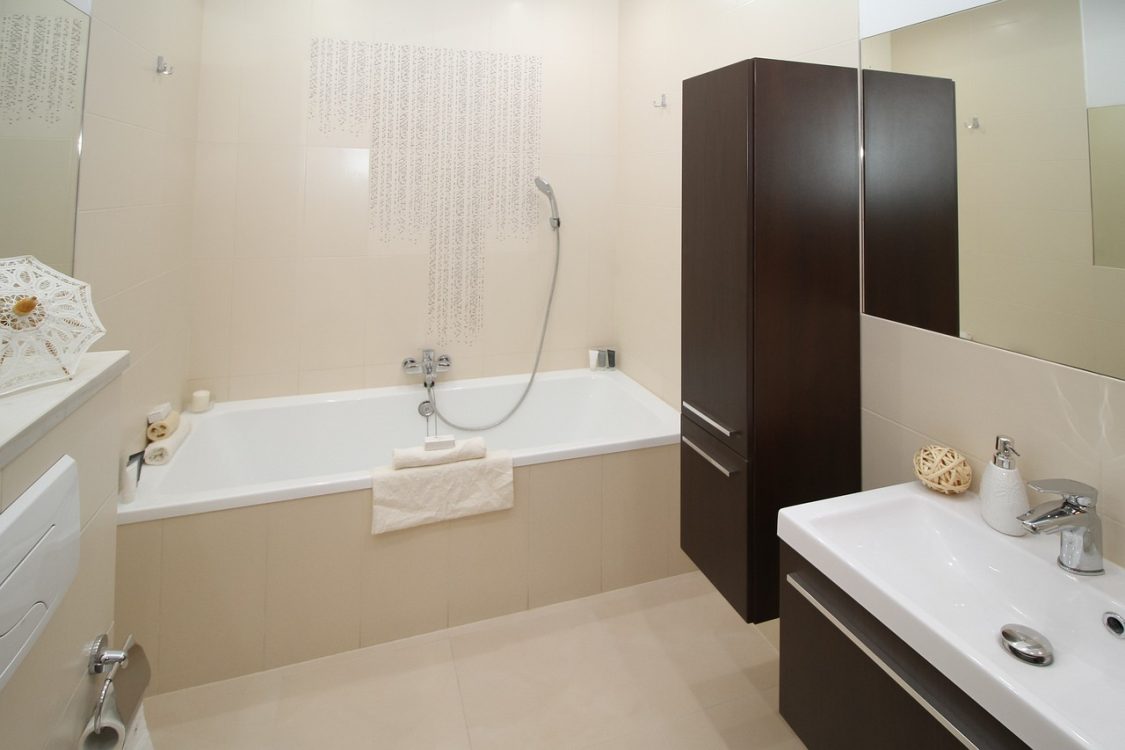Planning a new build or transforming an outdated property often begins with a moment of inspiration — a sketch on a notepad, a handful of reference images, or a dream for more space. That excitement naturally gives way to practical questions, and one of the biggest concerns for clients is how much professional design support will cost. When discussing fees with teams such as Gauteng architects, clients quickly realise that 3D printing pricing involves far more than drawing plans.
Another common situation happens when someone compares multiple proposals and wonders why the numbers vary so dramatically. The reason is that each firm structures its service differently. Some offer full, end-to-end design and project involvement, while others focus purely on technical documentation. People also look to specialists, including architects Johannesburg practices, when comparing styles, service scope, and cost expectations.
Before diving into design decisions, it’s helpful to understand the broader elements that shape architectural pricing. These early insights ensure that clients approach their projects with realistic expectations and a clearer sense of how their investment contributes to long-term value.
What Shapes an Architect’s Pricing Structure
Architects calculate fees using several inputs, and they rarely rely on a single factor. Each project is unique, but a few common elements consistently influence the final amount:
-
The nature of the site — A flat, open plot is far simpler to assess than a steep or irregular landscape, which may need engineering consultations.
-
Project complexity — Homes with intricate detailing, unusual layouts, or customised features demand more design hours.
-
Approval requirements — Some municipalities require detailed submissions, additional reports, or multiple revisions.
-
Client expectations — A full-service approach that includes ongoing site involvement naturally costs more.
Because of these differences, two homes with identical floor areas might receive entirely different quotations based on the challenges they present to the architect.
Standard Fee Approaches Used Across Gauteng
Rather than sticking to rigid pricing, architects select the fee model that best suits the scope of work. A few common structures include:
1. Percentage-Based Fees
This model links the architect’s compensation to the overall construction cost. It offers flexibility because the fee adjusts in proportion to the project’s scale. Larger, more complex spaces — particularly commercial properties — often fall within this category.
2. Fixed Project Rates
Ideal for predictable scopes, fixed fees give clients clarity. If you already know the footprint, design needs, and complexity level, this option helps avoid unexpected increases later on.
3. Hourly Billing
Architects often rely on this method for advisory roles, feasibility assessments, or early-stage brainstorming. It’s also useful for clients exploring possibilities before committing to a full service.
Understanding these models ensures you can compare proposals based not only on cost but also on the value each firm offers.
What Clients Receive When Hiring a Professional
Many homeowners are surprised by the range of services included in a full architectural package. It’s far more comprehensive than producing drawings. A typical workflow may include:
-
Initial concept development
-
Detailed design refinement
-
Technical construction documentation
-
Layout optimisation for flow, energy use, and natural light
-
Collaboration with structural and civil engineers
-
Site meetings and ongoing guidance
Some Gauteng architects also offer optional services such as interior layouts, finishes selection, or broader project coordination. These additions can be especially helpful for clients building a home for the first time.
Evaluating Quotes With a Clear Strategy
Comparing proposals requires more than glancing at the price. A structured approach helps reveal differences in both scope and long-term value. A practical four-step framework could look like this:
-
Confirm the scope — Make sure each proposal includes the same stages of work.
-
Check experience and portfolio depth — Strong design foresight can prevent costly construction changes.
-
Ask about exclusions — Anything not covered in the proposal may become an additional cost.
-
Discuss communication style — Regular updates and clear processes make a substantial difference during long projects.
This method gives clients the tools to identify the best fit for their needs rather than choosing based solely on numbers.
Additional Costs to Prepare for Beyond Architectural Fees
While the architect’s fee is a major component, a building budget involves several moving parts. Clients should anticipate:
-
Structural engineering fees
-
Council submission charges
-
Specialist reports (when required)
-
Contractor labour and material costs
-
Contingencies for unexpected issues, especially during renovations
A comfortable buffer — often around 10% to 15% — can prevent stress when unforeseen adjustments arise.
The Client Experience Throughout the Process
Once a contract is in place, the journey generally follows a structured path. Early discussions refine your vision, followed by preliminary sketches and design development. After this, the architect prepares detailed technical drawings, assists with approvals, and provides on-site guidance as construction begins. Practices such as architects Johannesburg teams often emphasise communication throughout this process, ensuring alignment between the client’s expectations and the final product.
Why Architectural Expertise Is Worth the Investment
Beyond compliance and documentation, an architect adds layers of value that extend far into the building’s lifespan. Good design improves functionality, enhances energy efficiency, and increases overall property appeal. These benefits frequently outweigh the upfront cost, especially when the project is complex or involves long-term ownership goals.
Working with an experienced professional is ultimately an investment in comfort, safety, and financial protection. Once you understand how fees are determined, what they include, and how different firms structure their services, the process becomes more transparent. Whether you’re comparing comprehensive proposals from Gauteng architects or exploring a smaller, design-only service, clarity from the start leads to better decisions and smoother project outcomes.










